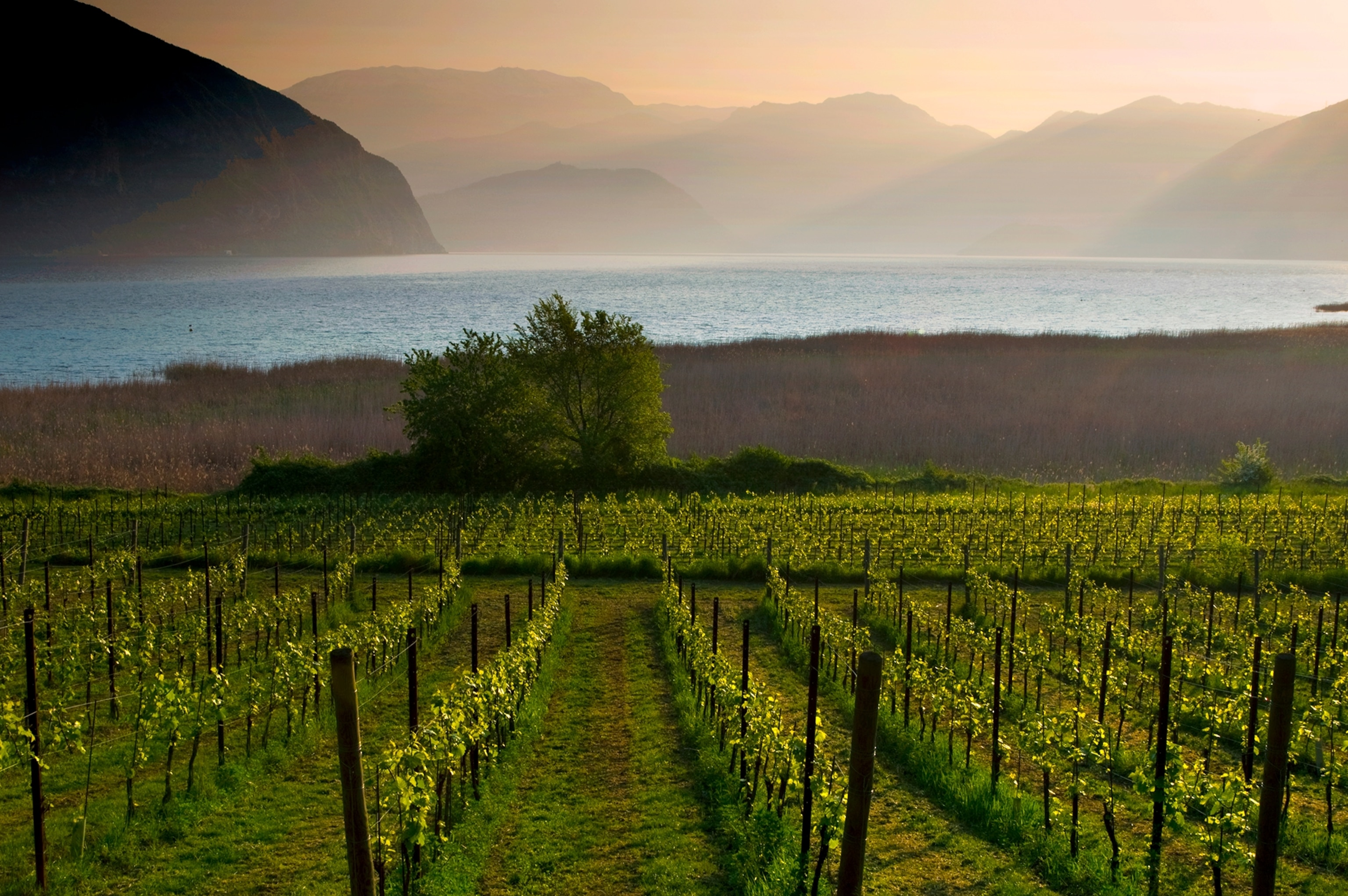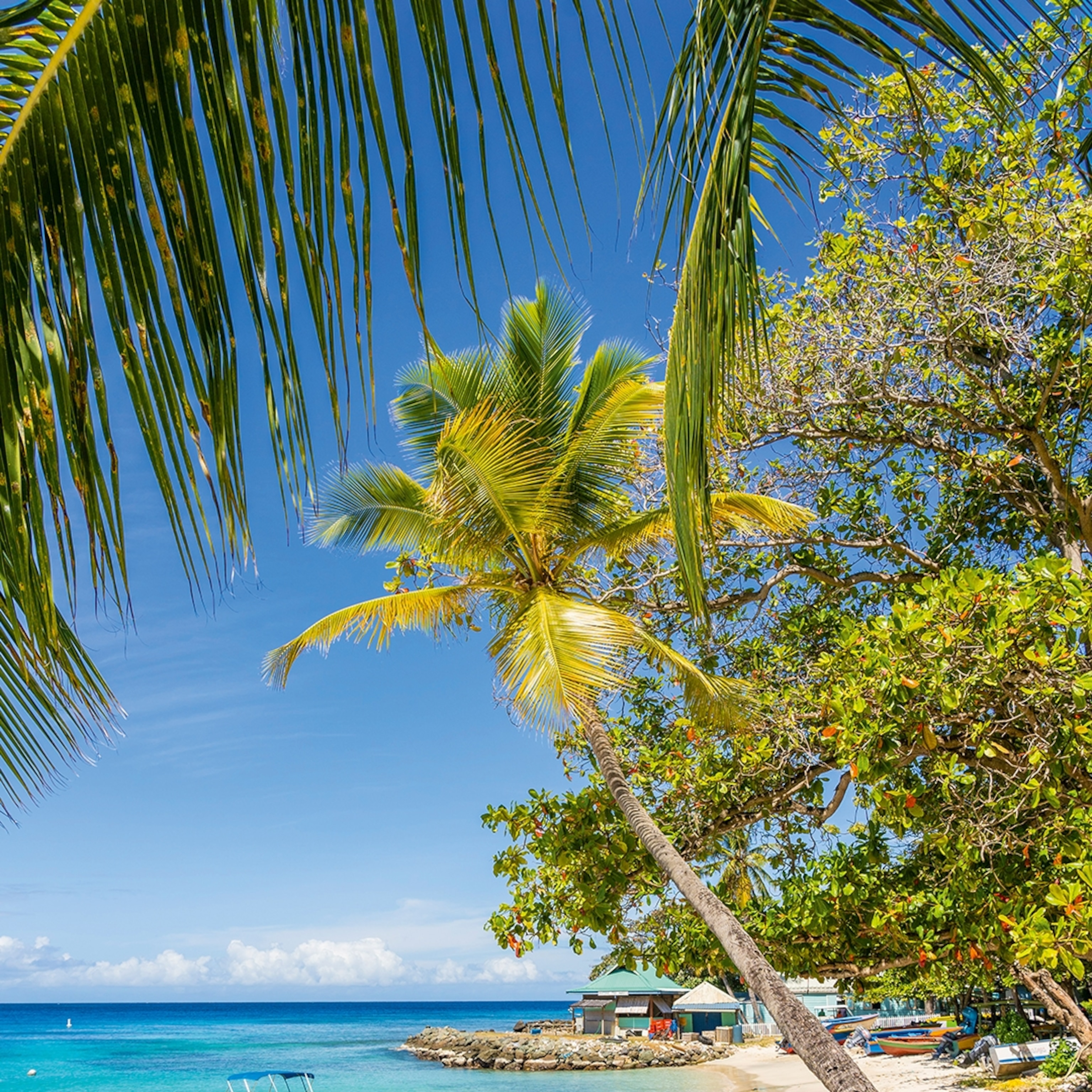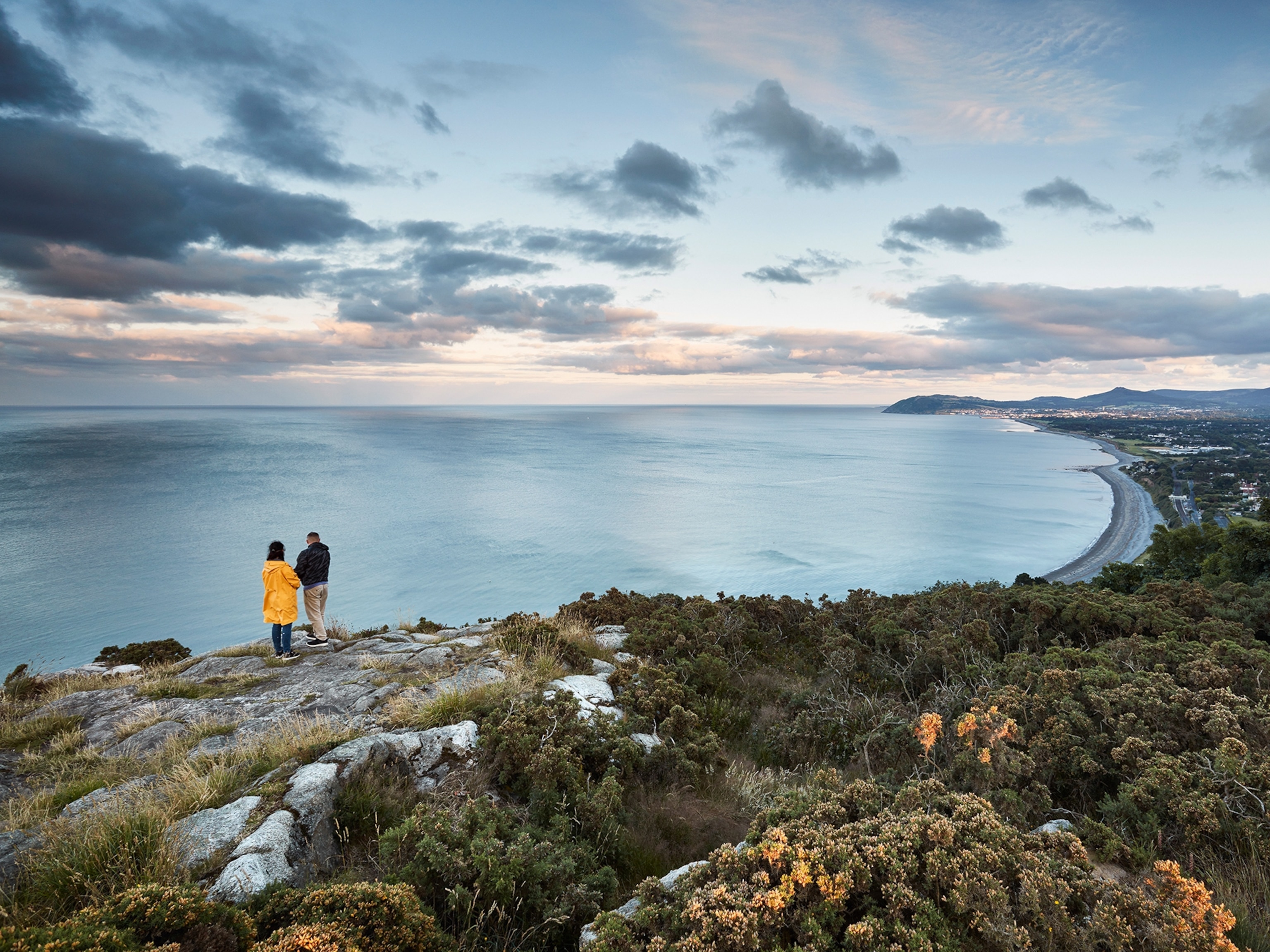
Lago d'Iseo: The Pearl of Italy’s Lake District
Como may draw celebs, but low-key Lake Iseo offers equally stunning views—and sparkling wines that blow prosecco out of the water.
By Paul Abercrombie
Like many people who love to drink wine, I often choose my travel destinations on the merit of their local tipples.
As yet, the habit has led me to visit loads of places that are just as lovely as the wines for which they're famous.
So when I learned that one of my new favorite sparklers, Franciacorta, is made in the eastern portion of Italy’s exalted Lake District, I resolved to work a stopover into a family trip I already had planned to the Mediterranean country.
I’d need more than yummy bubbly to sell the idea of a visit to my wife and son. But when I mentioned we could stay at a snazzy five-star hotel, the deal was sealed.
Nestled between the northern Italian cities of Bergamo and Brescia, the Franciacorta wine region also promised storybook-beautiful views of the Alps and proximity to laid-back Lago d'Iseo (Lake Iseo).
Though tony Lake Como lies a mere 65 miles to the west, I was looking forward to exploring the least visited of the district's four principal lakes—especially since I knew the S-shaped body of water would soon become a magnet for tourists in mid-June, when artist Christo revealed his latest installation: a network of docks wrapped in ocher-colored fabric connecting the mainland with the lake's pair of islands.

By the time we make the hourlong drive in our rental car from Milan’s airport to the L’Albereta Relais & Chateaux one spring evening, we're too tired and hungry to explore beyond the resort.
Any worries that the hotel's acclaimed restaurant, LeoneFelice, would be too exotic for our 13-year-old, Ewan, vanish as he devours the appetizers of cuttlefish and poached egg with peas, potatoes, and black truffles. It’s here that we also taste our first Franciacorta of the trip, a bottle of Bellavista Alma Grand Cuvee. Even Ewan agrees, after a sip, that it sure goes well with the scallop risotto.
Up early the next morning, my wife, Gail, and I let Ewan sleep while we head downstairs for breakfast. Over cappuccinos, we glimpse Lake Iseo and the snowcapped foothills of the mountains beyond through the dining room windows. Caffeinated and eager to start our day, we rouse Ewan and drive several minutes south to Ca’ del Bosco, one of the first producers of Franciacorta in the area and now one of its largest.
With a pond stocked with caviar-producing sturgeon and an eccentric array of art, including dozens of oversize electric-blue wolves scattered around the estate, Ca’ del Bosco wouldn’t be out of place in a Bond flick.
But it’s on a tour of the winery that we begin to appreciate the pivotal role it played in putting Franciacorta on the viticultural map. Indeed, it was as a teenager that future winery founder Maurizio Zanella, smitten with the sparkling wines of France’s Champagne region, began tinkering with locally grown grapes.
Like its Gallic inspiration, Franciacorta is made with the same methods as champagne (albeit with different grapes). But that’s where the similarities end, our guide, Alessandra, tells us. Franciacorta’s landlocked Alpine climate and glacially gouged soil produce distinct sparkling wines.
Comparisons to Italy’s better known bubbly, prosecco, are also inevitable, she adds, though she is quick to point out a key difference. Ca’ del Bosco’s labyrinthine aging cellars have no place in most prosecco production because it’s meant to be drunk young.
“To make prosecco, you need only a few months,” she says. “For Franciacorta, you need at least two years before you can drink a bottle.”
When we reach the tasting room, I’m itching to see if I can tell the two Italian varieties apart. Prosecco, all freshness and youth, is a cinch. But after sampling our way through a handful of styles and vintages, Gail and I agree that we’re not sure we can distinguish Franciacorta from champagne. Even so, it is delightful.
Aglow from our tasting, we join Ca’ del Bosco founder Maurizio’s daughter, Maria, for an afternoon horseback ride. At nearby stables, we saddle up and take to the rolling, vineyard-laced hills. With few signs delineating different properties, Maria tells us that the easiest way to determine whose land is whose is to look for the hallmark differences in how different wine growers train and trellis their vines.
Next morning, while Gail and Ewan snooze, I indulge myself in visiting two of the smaller Franciacorta producers in the region. A 15-minute drive brings me to Il Mosnel. Puny compared with producers such as Ca’ del Bosco, Il Mosnel also makes very fine sparklers. Of the half dozen I taste this morning, my favorite is their 2007 Pas Dosé Riserva “QdE”—complex and delicious.
- National Geographic Expeditions
Another quick trip southwest brings me to Monte Rossa. In a tiny tasting room, proprietor Emanuele Rabotti shares his wines and philosophy for enjoying them. The latter includes using old-school coupe glasses. Each sip I take of the Salvàdek Extra Brut makes me feel like I’m in a Cary Grant movie. “It’s a matter of attitude,” Rabotti says with a wink.
As promised, I’m back by noon to pick up Ewan and Gail and tootle toward Lake Iseo, home to Italy’s largest inland isle, Monte Isola. A short ferry ride brings us from the mainland town of Iseo to the village of Sensole on Monte Isola.
We decide to stroll east along Sensole's southern coast. Though home to around 1,700 souls, the island is nearly carfree. Only the occasional motor scooter interrupts the quiet. Passing a cat sanctuary with dozens of felines lounging in the midday sun, we’re disappointed to learn from a sign that two-legged fans aren’t welcome.
Several times during our half-hour walk to the neighboring village of Peschiera Maraglio we observe men hanging silvery cavedano fish out to dry on wires stretched between head-high wooden stakes.
I soon taste these lake-caught fish for myself—smoked and served with butter and crunchy crostini—at La Foresta when we stop for lunch. Unsurprisingly, they—along with the other pungent local catch we try—go remarkably well with a bottle of Franciacorta. From our table outside on the patio, we watch sailboats glide across the water as hang gliders launch themselves from a hill in the distance.
After a moment, we wonder aloud what it will look like when Christo’s “Floating Piers” transforms the lake into a glimmering walk-on-water spectacle, but agree that we’re glad we visited before it—and the crowds—come.
Back on the mainland, we linger over cups of gelato, reluctant to depart for the airport and board our evening flight home. And as improbably sweet as my ricotta-and-fig gelato is, I can’t help but think that it, too, might pair well with a glass of Franciacorta.






